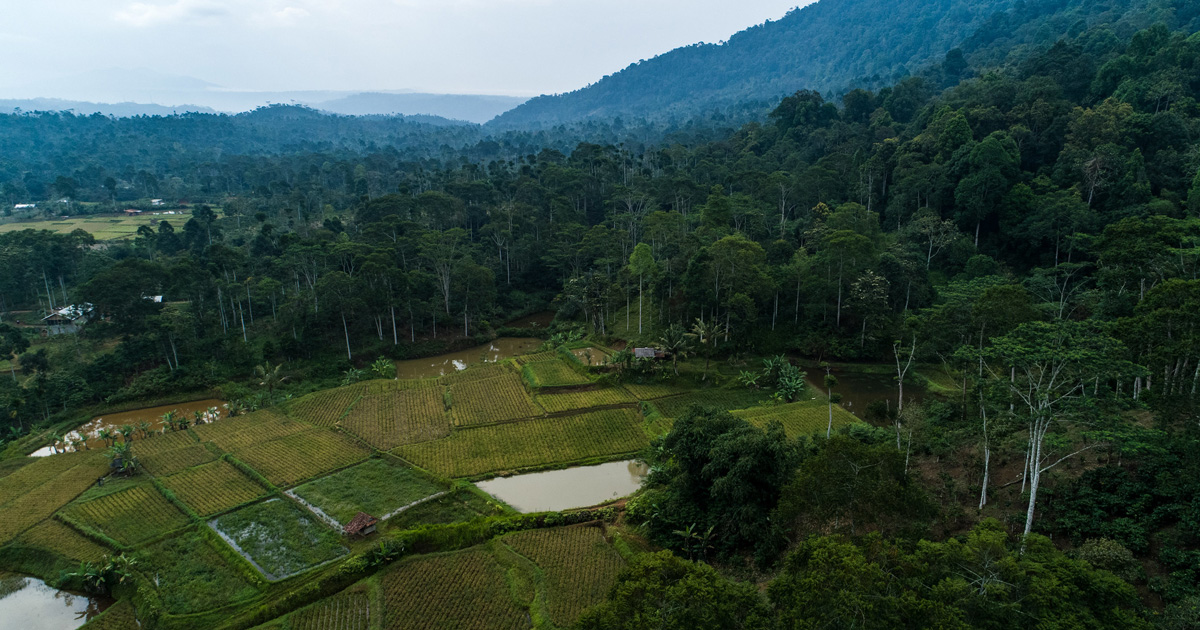Forest soils, which typically have a high surface infiltration rate and substantial macroporosity (due to soil biological activity and tree root turnover) facilitate deep infiltration. The past conversion of forest to coffee may have caused changes in the hydrology of the Way Besai watershed primarily through changes in the physical quality of the soil. Soil structure, at the soil surface, in topsoil and deeper layers determines the fate of water flows after rainfall, and degradation of soil structure provides an early warning for changes in hydrology. Therefore, this research was intended to derive a quantitative understanding of the main factors that affect macroporosity and infiltration. Field observations (with four replications) were conducted on remnant forest on the ridge top and coffee monoculture 1,3, 7, and 10 years old on the upper and medium slopes, an established secondary forest and on land affected by a recent land slide with coffee monoculture. We measured soil texture, soil organic mater, crusting, root distributionand dye infiltration as indicator of macroporosity. Most indicators of soil quality were lower for the coffee gardens compared to the forest plots. Macroporosity was lowest in the 3 year old gardens (3.4 % of the total pore), and tended to be higher in the 7 and 10 year old gardens (5.3 % and 6.6 % of the total pore respectively). Macroporosity in forest was higest ( 18.2 % of the total pore). Strategies to speed up the improvement of macroporosity can be based on (1) elimination of soil crusting through deep soil tillage (short term effect), (2) increasing soil organic matter content by planting cover crops (medium term) or (long term) by increasing tree diversity in forms of multistrata agroforestry, and (3) increasing root distribution in the soil profile with selecting tree with deep root under multistrata agroforestry development.























